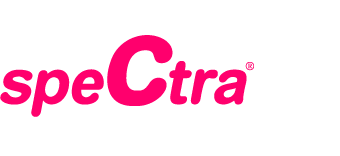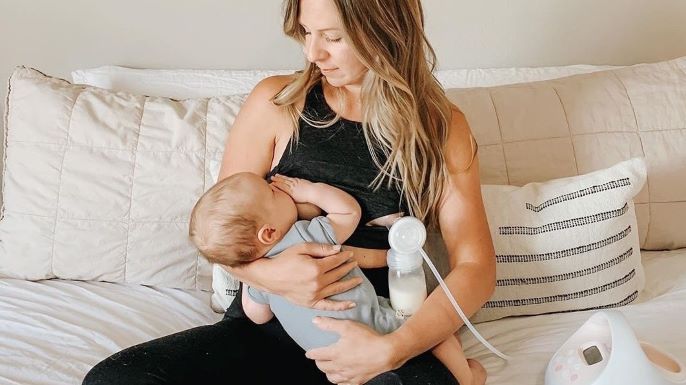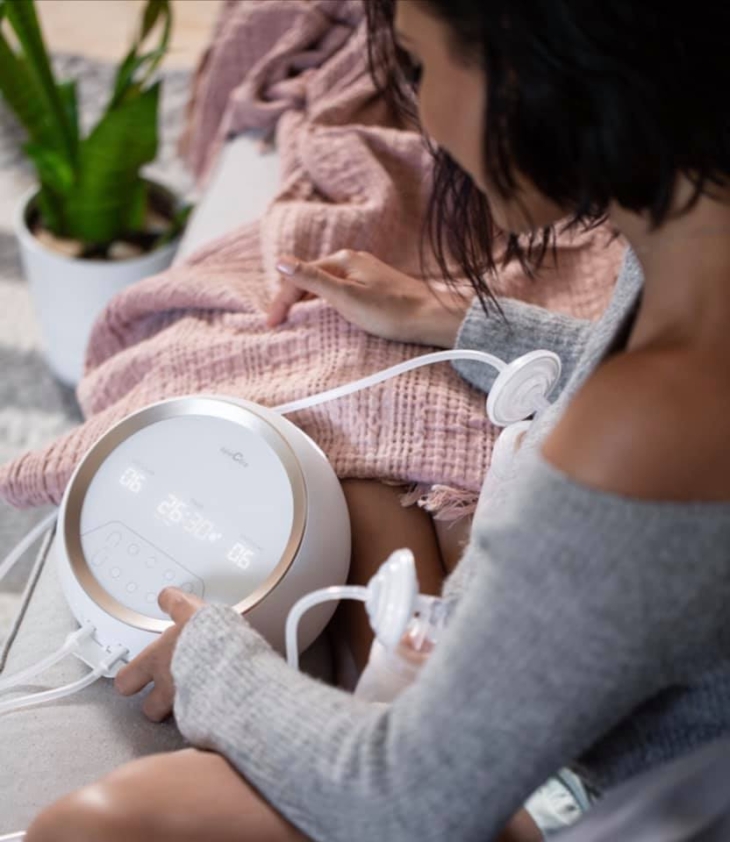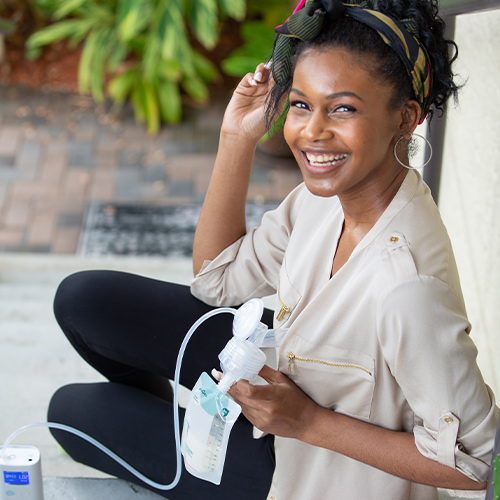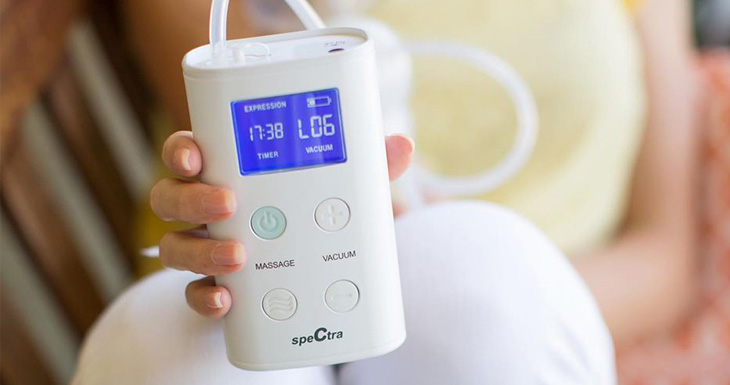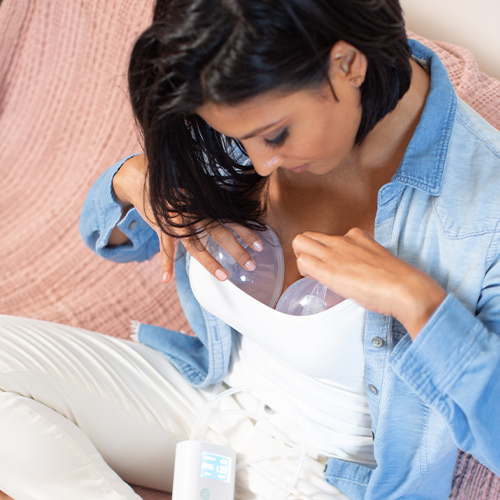
Jacque Ordner BSN, RN, IBCLC, RLC
Sleep is a sensitive and often sensationalized topic among so-called parenting gurus, authors, and creators of online sleep courses. However, let me reassure you that if your baby nurses or takes a bottle to drift off and wakes to feed through the night, they are not broken….THEY ARE NORMAL! In fact, research tells us that babies who sleep through the night at less than one year of age are closer to the exception than the rule. New parents are often asked, “Is he a good sleeper?” or “Is she sleeping through the night yet?” when babies are barely out of the newborn stage. This helps perpetuate the myth that there is something wrong if babies under one are not yet giving their parents 6-8 hours of uninterrupted sleep. Well-meaning advice givers often tell parents that their babies will magically stop waking if night feedings are cut-off. In reality, early night weaning can lead to decreased milk supply and put baby at risk of receiving inadequate intake. At somewhere around six months of age, you may begin to notice that your little one naturally stretches out the time between feedings and perhaps even stretches the time spent sleeping at night. While I recommend waiting until baby is closer to age one to start actively night weaning, there are some tips that parents can employ to encourage healthy sleep for their babies. Since sleep is developmental, I recommend following your baby’s cues while eliminating obstacles to good sleep. Find out more in our blog post, Newborn and Infant Sleep – What is Normal?
While night weaning can help encourage an older baby or toddler to sleep longer at night, it’s not a guarantee of reduced night waking. This is because sleep is primarily developmental, and children wake for other reasons besides just hunger. We, as parents, can help shape our children’s environment and behaviors to encourage sleep, but it is important to keep in mind that waking at night is normal even through toddlerhood. Keep in mind that your child will eventually sleep through the night all on their own!
Keep reading for our top tips for night weaning.
Increase Daytime Intake
When considering night weaning, it’s important to ensure your child is still receiving adequate calories. Older babies and toddlers will often naturally shift to longer periods of sleep when their daytime intake increases. Simply offering more nursing sessions or a greater volume of breastmilk via cup or bottle can be enough to encourage less need for night-time feedings. Increasing solids is another way to get in more daytime calories. Toddlers often do well with a bedtime “snack” that is nutritionally dense. Foods that provide fiber, fat, and protein are often most satiating.
Dream Feed Just Before Bed
If your little one generally nods off before you’re ready to hit the sack, consider offering a dream feed to “top them off” just before you go to bed. Babies will often rouse just enough to nurse or bottle feed without becoming fully awake. This can give you a longer stretch before baby wakes for the next feed.
Enlist Help
If possible, ask your partner or another trusted caregiver to assist through the night during this transition. This is especially helpful for nursing mothers. If a non-lactating caregiver is present to comfort and soothe during night waking, baby may be less likely demand a feeding. The old motto holds true…..Out of sight, out of mind!
Increase Cuddles and Communication
It’s not uncommon for toddlers to be anxious about weaning of any sort. Reassure them with extra cuddles and clear communication about the night weaning process. Toddlers are perceptive and the often understand far more than we adults give them credit for! Talk about night weaning during waking hours and let your child know when the process will start. It’s ok to tell your toddler “no” when they ask for a night-time feeding, but follow it up by also letting them know when they can nurse again. For example, “We can’t nurse now, but we can nurse again when the sun is up”. Or “I’m just going to rock you for now, but we’ll get milkies when it’s time for breakfast”. Knowing when they will be allowed to nurse again, can bring an immense amount of peace to a worried toddler.
Set Limits
The counting method is often very effective with toddlers! Let your little one know that they can nurse until you reach a certain number (whatever you are comfortable with). For example, “You can nurse until Mommy gets to 20”. Count out loud, going slowly for the first several nursing sessions. After a few nights, begin to count a little faster. As your toddler adjusts, you can reduce the number until there is no nursing. If this approach is taken slowly and gently, it is not uncommon for toddlers to become uninterested in nursing at night.
Don’t Be Afraid to Stop
If you begin the night weaning process only to find that your baby or toddler is greatly distressed by it, don’t be afraid to stop and start again later. If your child is hysterical each night and shows no signs of adjusting to night weaning, try again in a month or two. There is no one-size-fits-all prescriptive timeline for any sort of weaning and it is rarely a linear process!
Patience, reassurance, and planning are the keys to night weaning success!
Tried all the tips and still struggling with night weaning? You’re not alone! Our International Board Certified Lactation Consultants (IBCLCs) have years of experience helping families navigate night weaning and many other sleep concerns. We’re available 7 days a week for FREE CONSULTATIONS. No matter where you are in your breastfeeding journey, we’re here to support you!
Sources:
Burnham, M., Goodlin-Jones, B., Gaylor, E., & Anders, T. (2002, September). Nighttime sleep-wake patterns and self-soothing from birth to one year of age: A longitudinal intervention study. Retrieved January 4, 2021, from https://www.ncbi.nlm.nih.gov/pmc/articles/PMC1201415/
Galbally, M., Lewis, A. J., McEgan, K., Scalzo, K., & Islam, F. A. (2013). Breastfeeding and infant sleep patterns: an Australian population study. Journal of Paediatrics and Child Health, 49(2), E147–E152. https://doi.org/10.1111/jpc.12089
Kent, J., Mitoulas, L., Cregan, M., Ramsay, D., Doherty, D., & Hartmann, P. (2006, March). Volume and frequency of breastfeedings and fat content of breast milk throughout the day. Retrieved January 4, 2021, from https://www.ncbi.nlm.nih.gov/pubmed/16510619
